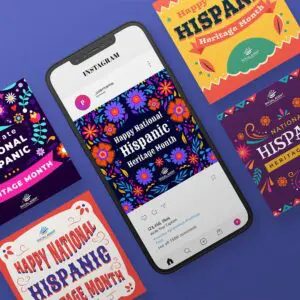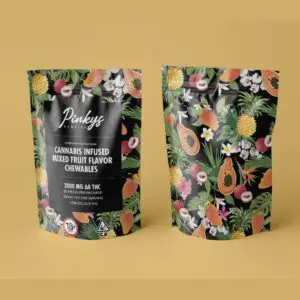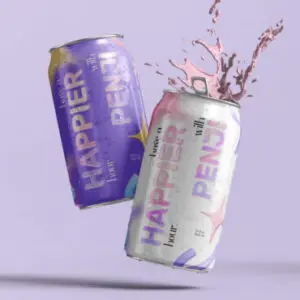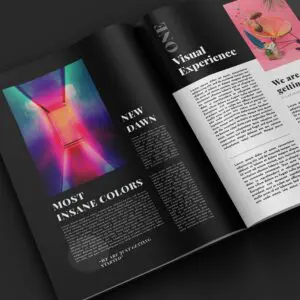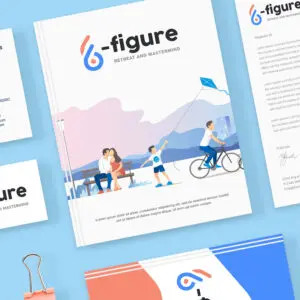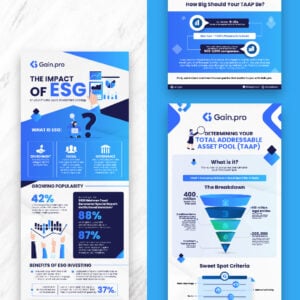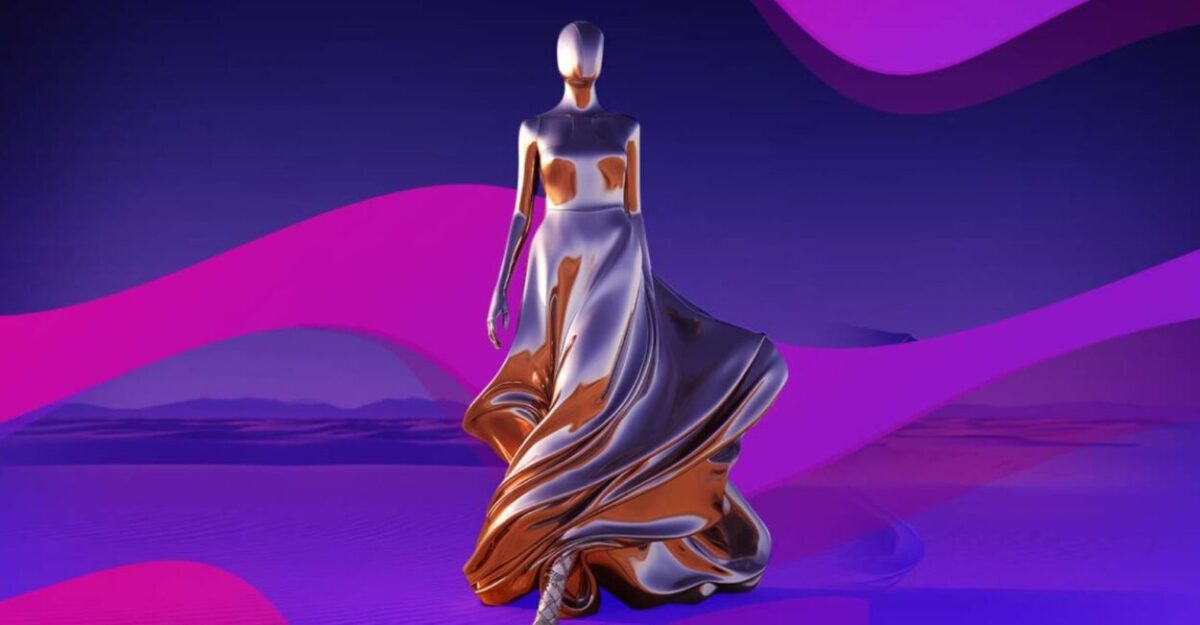
For fashion enthusiasts, 2023 marked a turning point. AI’s disruptive influence sparked a fashion revolution, affecting production, marketing, and consumer experience. Based on the McKinsey State of Fashion 2024 Survey findings, 73 percent of fashion experts said generative AI will be a priority for their businesses. The consultancy firm also predicted that AI could add $150 to $275 billion to the fashion industry profits in three to five years. Stay tuned and learn how AI for fashion amplifies creativity in five exciting ways.
1. AI-Driven Style and Size Recommendations
Personalized shopping experiences are at the forefront of modern retail. Customers expect brands to understand their tastes and preferences. AI can be a powerful tool in delivering customized styling and recommendations.
Today, most customers want to spend only a little time reading reviews, size charts, images, and detailed product descriptions. As a solution, brands now use AI and machine learning models to recommend sizes and styles.
AI in Action:
- Amazon developed a deep learning-based algorithm to help customers find their best-fitting size in any style. The algorithm considers the sizing relationships between brands and their size systems, a product’s reviews and other details, and a customer’s fit preferences. The feature then recommends the best-fitting size for a customer in real time.
- Stitch Fix uses AI to craft personalized style profiles, gathering 90 specific data points via a detailed survey. These include style preferences, dress size, height, and location, enabling algorithms to rank and recommend clothing items tailored to individual tastes.
- Styleriser, a B2B German company, leverages AI to offer personalized image consulting solutions, acting as a digital shopping assistant by recommending ideal colors based on individual skin tones.
2. Achieving Sustainability
The fashion industry generates 186 billion pounds of textile waste annually, and 87% of all material used ends up in landfills or incinerators. Addressing this wastage is vital for fostering a circular fashion economy.
AI in Action:
- Refiberd uses an AI Waste Sorting System that redirects up to 70% of textile waste (as per them) toward valuable recycling processes. The company implements an AI-powered hyperspectral imaging to sort waste by identifying fiber composition and contaminants, while automated trim removal from clothing ensures efficient recycling.
- Companies like H&M and Zara are integrating AI into RFID technology and clothing tags with microchips, facilitating informed forecasting decisions, inventory visibility, and minimizing waste.
With 75% of Gen-Z customers prioritizing sustainability over brand names, AI can boost progress significantly.
3. AI-Driven Design and Creativity
This trend involves an exciting collaboration between AI and human designers.
Imagine using a program that can take your written description, like “dazzling emerald earrings inspired by Art Deco architecture,” and generate an image to jumpstart your design process. This is the power of text-to-image models like Dall-E and Midjourney.
However, AI’s role goes beyond inspiration. It can also analyze a designer’s existing work and use that knowledge to create new designs that stay true to their unique style. AI serves as a creative assistant, sparking new ideas, saving time with repetitive tasks, and allowing designers to focus on improving their craft. It’s not about AI replacing designers, but about empowering them to create with more freedom and efficiency.
AI in Action:
- Mango introduced ‘Inspire,’ an AI platform for designing prints and fabrics, resulting in over 20 co-created garments with AI. Mango also unveiled Lisa, a conversational AI model, and since 2018, has developed around 15 AI models for tasks like pricing and enhancing customer experience.
- Nike also adopted AI fashion design innovations. The company used AI to design the ISPA Universal shoe by feeding three previous shoe models to the algorithm. Now, Nike produces eco-friendly shoes made from materials like Bio-EVA foam derived from sugar cane.
4. Trend Forecasting
Fashion forecasters once relied on qualitative methods, observing runway shows, street fashion, and pop culture to predict trends. Today, AI tools analyze diverse datasets, like runway images, search and sales data, and social media posts, enabling quicker and more precise trend identification.
AI in Action:
- A Paris-based AI platform, Heuritech, analyzes millions of daily images shared on social media to provide up-to-date trend analysis. It assists fashion brands in designing collections that align with customer needs.
- New York-based Trendalytics utilizes AI to get retail insights from social media and Google trends. It assists retailers in gauging fashion trend popularity and life cycle stages, ultimately aiding them in maximizing sales.
AI-powered trend forecasting can be profitable while helping promote sustainability by avoiding out-of-trend production.
5. Augmented Reality
One of the biggest challenges for eCommerce fashion retailers is the need for customers to try on clothes before making a purchase.
According to a 2023 survey conducted by Google and Ipsos of online shoppers in the US, findings indicated that 42% of online shoppers feel excluded due to the lack of representation in model images, while 59% experienced disappointment when the purchased items didn’t meet their expectations. As a result, AI has made virtual try-on technology a reality, improving the online shopping experience by addressing virtual sizing and fit issues.
AI in Action:
Burberry has introduced an augmented reality (AR)-based shopping tool that allows customers to virtually experience Burberry products in their surroundings, enhancing their online research and shopping experience. Additionally, Google Shopping aims to reduce sizing issues by increasing the availability of diverse models for virtual try-ons.
Can AI Replace Fashion Designers?
Artificial intelligence is transforming the fashion industry, but technology will never replace human creativity. Designers prepare their fabric prints, patterns, color tones, and initial sketches and upload the images to the AI for fashion app they use. The AI system can recognize those design elements and develop more options for designers to refine or modify.
Do you need stunning visuals for your eCommerce business? Penji offers unlimited graphic design for everything from social media to packaging. Sign up for a free demo and see how we can elevate your brand.
About the author

Rowena Zaballa
With a background as a former government employee specializing in urban planning, Rowena transitioned into the world of blogging and SEO content writing. As a passionate storyteller, she uses her expertise to craft engaging and informative content for various audiences.

